The elderly are making efforts to use smartphones and access social networks to “not be left behind”.
In a small house in a residential area on Truong Son Street, Quang Thinh Ward (Thanh Hoa City), 75-year-old Le Thi Minh is concentrating on her smartphone. Her fingers glide lightly across the screen, occasionally pausing when encountering strange symbols. “Granddaughter, how can I send photos to Ms. Nhung?” she calls to her granddaughter sitting on the upper floor. This is no longer a rare image in modern society, when the technological boundaries between generations are gradually being erased.
According to a report by We Are Social, Vietnam currently has 72.7 million social media users in January 2024, equivalent to 73.3% of the total population. Notably, the group of users over 55 years old has increased by 32% compared to the previous year. Facebook, Zalo, TikTok are no longer the "privilege" of young people, but have become indispensable parts of the lives of even the elderly.
“I used to think social networks were only for young people, but when my daughter bought me a smartphone, I learned how to use social networks so that my children could call me and see them every day,” Ms. Minh shared with tears in her eyes. Then Ms. Minh recalled: “Before there was no internet, my husband worked far away, only coming home a few times a year to visit, all contact was through handwritten letters. Now things are very different, social networks have narrowed geographical distances, bringing virtual reunions that were unimaginable before.”
Social media is like a magical bridge, bringing distant relatives closer together. Ms. Nguyen Thu Huong, 40 years old, currently working in Germany, said: "Every morning I video call home. Even though I am halfway around the world, I can still clearly see the vegetable garden changing colors with the seasons, still hear the birds singing in the trees and see new wrinkles on my mother's face." Online family gatherings, shared photo albums, or simply goodnight messages have become new bonding rituals of the modern family.
However, every coin has two sides. When parents and grandparents begin to “invade” the “territory” that is considered to belong to young people, many conflicts and misunderstandings arise. Minh Lam, a third-year student at Foreign Trade University, confided: “My Facebook now has two accounts - one for my family to monitor, where I post photos of myself going to school and work, and a private account for close friends to see, where I can truly be myself.” Through discussions with young people, we learned that many young people have created “sub-accounts” to avoid the watchful eyes of their parents.
Mr. Thanh Thuy, 85 years old, in Thanh Hoa city, shook his head in disappointment: "The whole family of five sitting down to eat is like five isolated islands. Everyone is glued to their phones, occasionally laughing to themselves, then continuing to scroll. My 7-year-old grandson knows the songs on TikTok by heart, but can't even remember the poems in the textbook."
Mr. Thuy added: "Our generation grew up, meeting and looking each other straight in the eye to talk. But today's youth seem to only know how to communicate through the screen. For example, I have a niece who is 27 years old this year but I have never seen her leave the house to go out. When I asked, she said that if she needed something, she could just call or text via Zalo, why waste time meeting each other. Sometimes when we live in a house, my nieces each have a room, with the door closed. No matter what, they just text each other, instead of talking directly."
Not only the way of communication, the language on social networks also creates a cultural gap between generations. "My grandchildren text messages with "ok", "bung", "following the trend", "phén"... something like that, reading it gives me a headache" - Mrs. Minh confided. Slang, image icons and even the rapidly changing trends on the internet make many older people feel like they are lost in another world. Meanwhile, the long, nostalgic posts and life lessons of the parents' generation are considered "empty" or "outdated" by their children.
Thanh Ha, 23 years old, in Thanh Hoa city, shared: "My mother likes to share articles about health and tips without verifying the source. Many times I gave my opinion, but she thought I did not respect the experience of those who went before. So my mother and I had conflicts with each other."
However, it is not all negative. Social media also opens up opportunities for generations to understand each other better, especially when used consciously. Some young people have created a youtube or tiktok channel to record folk stories, traditional dishes of their ancestors or how to use the local language. Such content has become a valuable cultural bridge, helping the younger generation connect with their roots and the elderly feel respected and listened to.
Social media can be likened to a mirror, allowing us to see clearly the current society. If used properly, it can also help people understand each other better, thereby reducing the gap between generations. Therefore, many families have begun to set rules to balance the real world and the digital world. Ms. Ngan Huyen, 40 years old, a primary school teacher, said: "Every night, my whole family puts their phones in one place. After dinner, we watch fun videos on YouTube or TikTok on TV. Social media becomes a common experience for the whole family, instead of separating each person into their own world."
And, to access digital technology, to keep up with the modern lifestyle of their children and grandchildren, many elderly people today have had to learn how to use computers and smartphones to communicate with their children and grandchildren who live far away, or to connect and visit old friends. They, with trembling hands and eyes that have gradually dimmed over the years, still persistently press each button, learn each operation so as not to be left behind by the times.
Generational divides have always existed in every society, but in the digital age, they have both become more pronounced and have the potential to be blurred. With older people becoming more tech-savvy and younger people becoming more aware of how to use social media responsibly, the future of intergenerational relations could be more positive.
The biggest challenge is not the technology, but the mindset when approaching technology. If parents and grandparents approach social media with an understanding mindset, respecting their children’s privacy, and if the younger generation takes the time to guide and share with the elderly, social media will become a bridge instead of a barrier.
In the big picture, social media is and will continue to reshape the way generations interact, understand and value each other. It is not the “culprit” or “savior” of family relationships, but simply a tool – and like any tool, its value depends on how we use it. With the right balance between the digital and the physical, the traditional and the modern, social media can become a factor that unites generations in this digital age.
Article and photos: Ngan Ha
Source: https://baothanhhoa.vn/tac-dong-cua-mang-xa-hoi-den-moi-quan-he-giua-cac-the-he-248559.htm


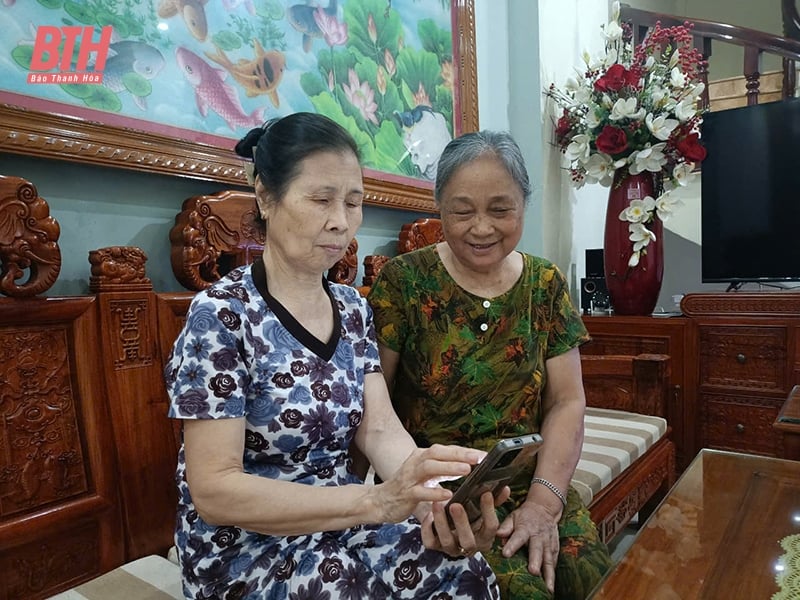
![[Photo] Prime Minister Pham Minh Chinh receives Ambassador of the French Republic to Vietnam Olivier Brochet](https://vphoto.vietnam.vn/thumb/1200x675/vietnam/resource/IMAGE/2025/5/13/f5441496fa4a456abf47c8c747d2fe92)
![[Photo] President Luong Cuong attends the inauguration of the international container port in Hai Phong](https://vphoto.vietnam.vn/thumb/1200x675/vietnam/resource/IMAGE/2025/5/13/9544c01a03e241fdadb6f9708e1c0b65)
![[Photo] Many people in Hanoi welcome Buddha's relics to Quan Su Pagoda](https://vphoto.vietnam.vn/thumb/1200x675/vietnam/resource/IMAGE/2025/5/13/3e93a7303e1d4d98b6a65e64be57e870)

![[Photo] President Luong Cuong awarded the title "Heroic City" to Hai Phong city](https://vphoto.vietnam.vn/thumb/1200x675/vietnam/resource/IMAGE/2025/5/13/d1921aa358994c0f97435a490b3d5065)



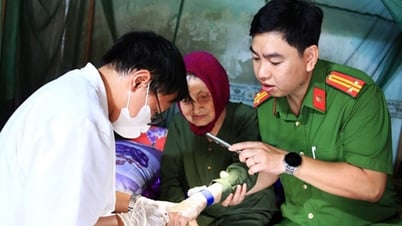












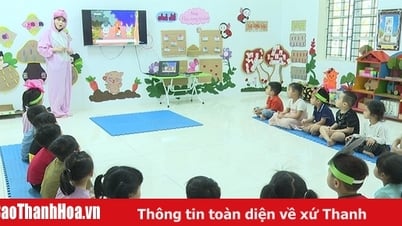




















































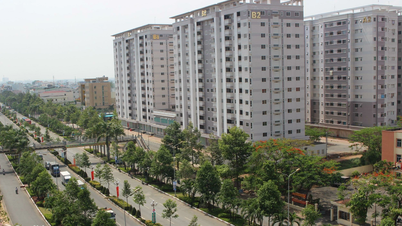

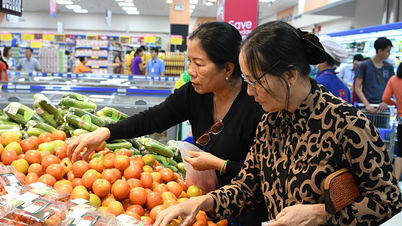












Comment (0)